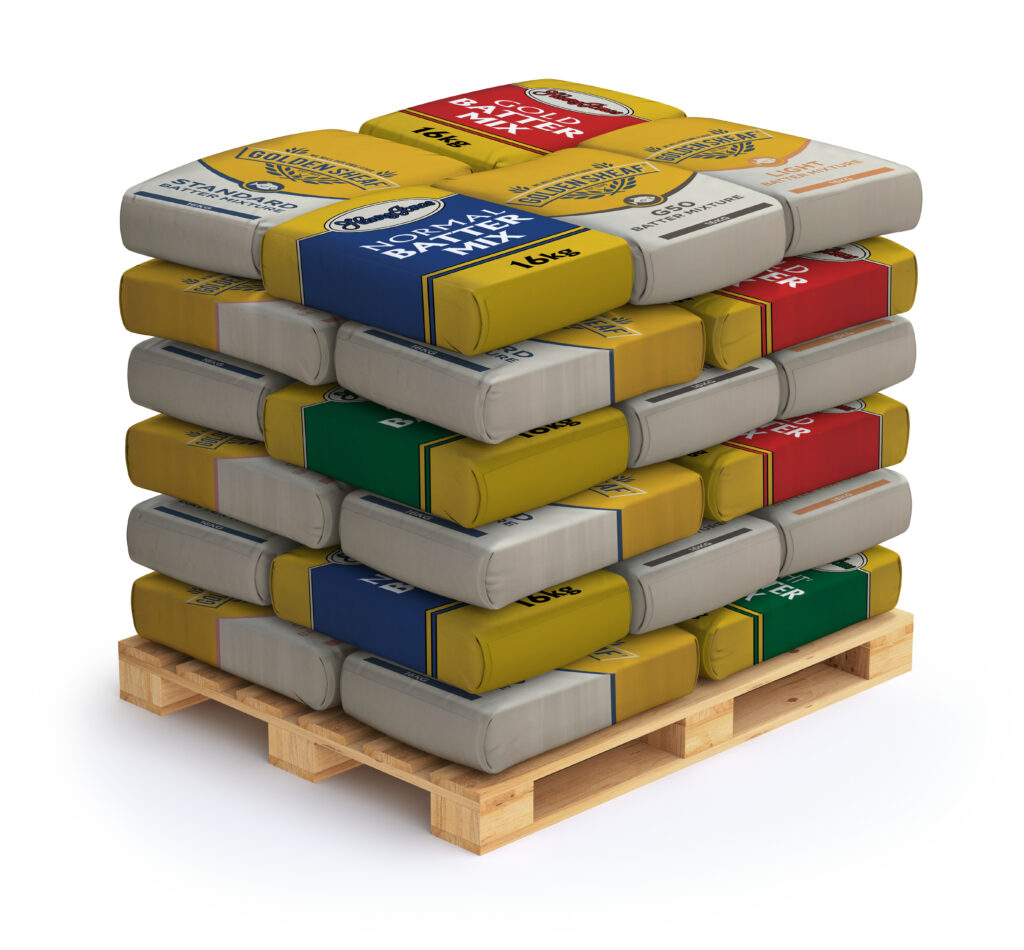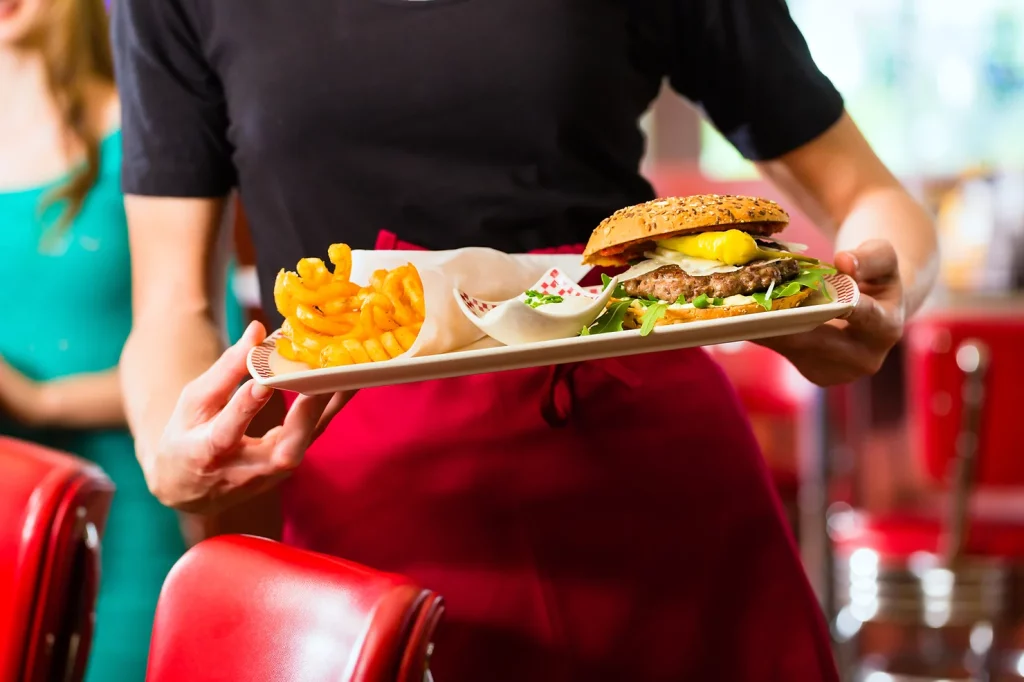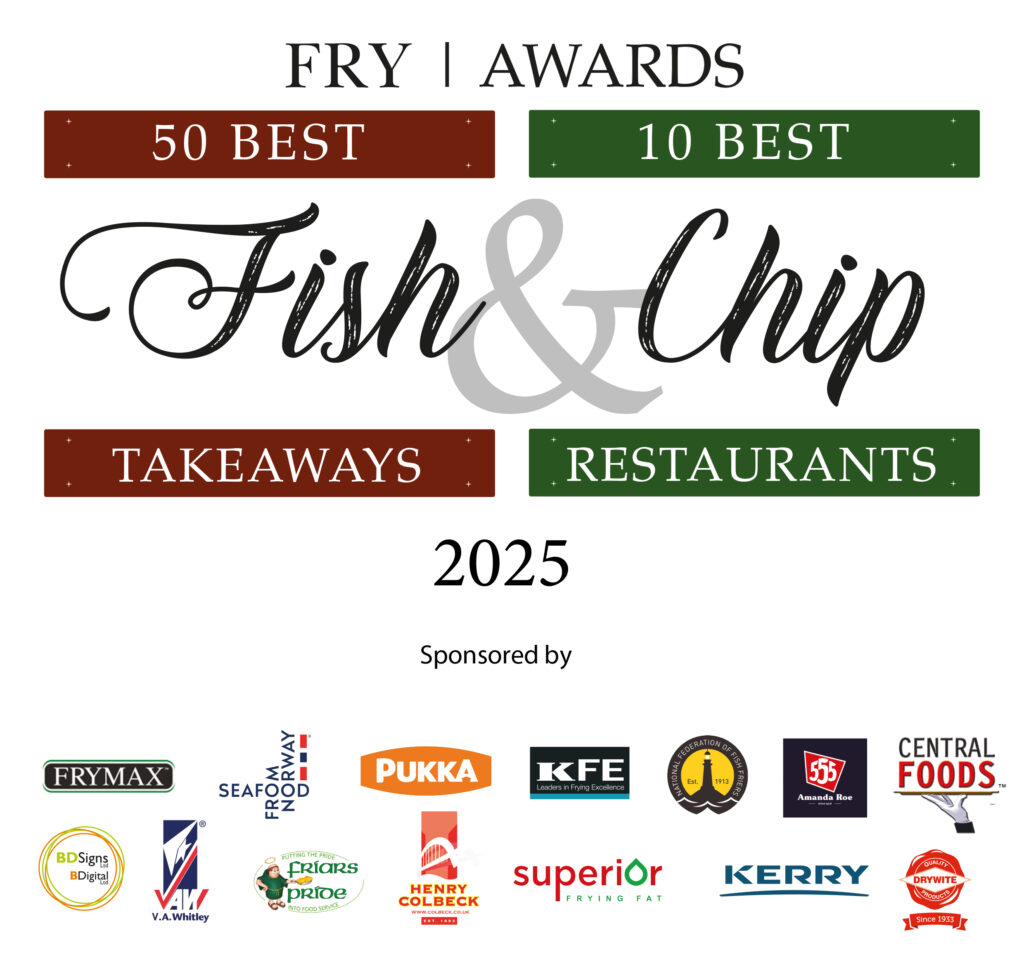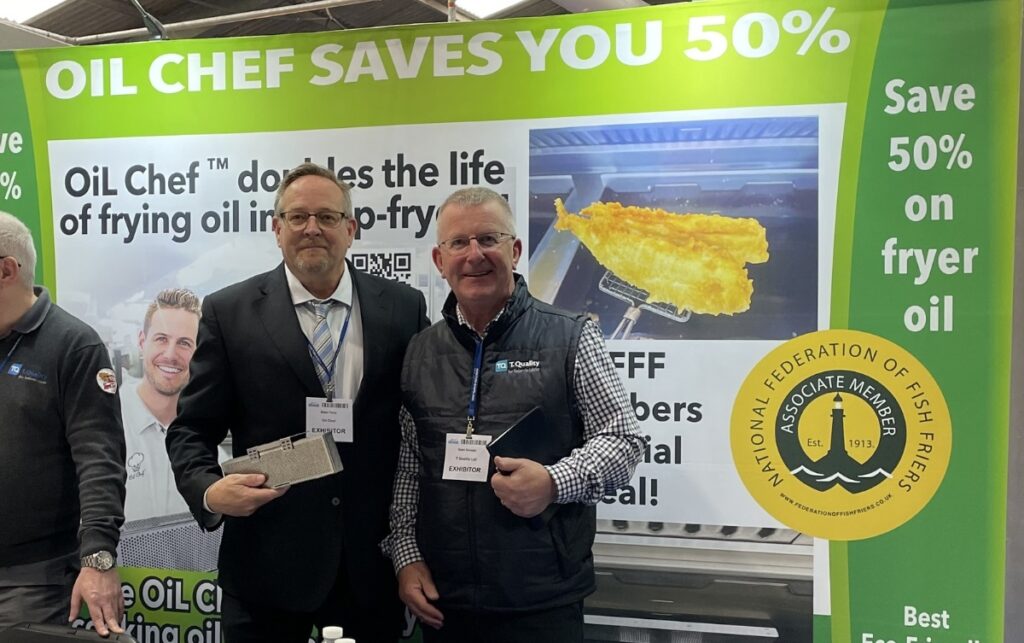Welcome to Fry Magazine Daily News
Welcome to Fry Magazine Daily News, your go-to source for the latest news, reviews, and insights into the world of fish and chips. Our online magazine covers everything from the history of this beloved dish to the latest trends in the industry.
At Fry Magazine Daily News, we understand that fish and chips are an integral part of British culture, and we’re dedicated to celebrating this iconic dish. Whether you’re a foodie, a restaurateur, or simply a lover of all things fried, you’ll find something to enjoy on our website.
Our team of experienced writers and food critics are always on the hunt for the best fish and chips around. From traditional chippies to modern gastropubs, we’ve got you covered. We also feature exclusive interviews with industry experts, so you can stay up-to-date on the latest trends and developments.
If you’re looking to start your own fish and chip business, Fry Magazine Daily News is the perfect place to start. We provide in-depth guides and resources to help you get started, as well as tips on how to grow your business and stay ahead of the competition.
So whether you’re a fish and chip enthusiast or a business owner looking to succeed in this thriving industry, Fry Magazine Daily News is your one-stop-shop for all things fried. Don’t forget to subscribe to our newsletter for the latest updates and exclusive content!







